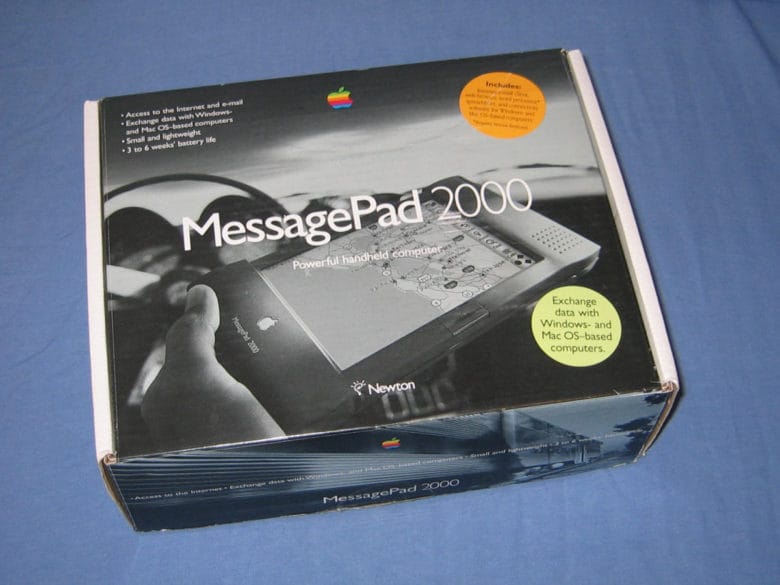[ad_1]
 March 25, 1993: Apple executive Gaston Bastiaens bets a journalist that the eagerly anticipated Newton MessagePad will ship before summer ends. The prize? Bastiaens’ well-stocked personal wine cellar, worth thousands of dollars.
March 25, 1993: Apple executive Gaston Bastiaens bets a journalist that the eagerly anticipated Newton MessagePad will ship before summer ends. The prize? Bastiaens’ well-stocked personal wine cellar, worth thousands of dollars.
The bet takes place at the CeBit trade show in Hanover, Germany. Bastiaens’ outburst comes in response to a reporter’s needling. The gamble not only gives the Newton a release timetable, but also a price target: less than $1,000.
Newton MessagePad: A brief history (and a wine cellar bet)
The Newton MessagePad was an ahead-of-its-time device. Apple released several versions of the personal digital assistant, which used a stylus for handwriting recognition. It gave users a way to send emails and faxes while on the go, and programs called Names, Dates, To Dos and Notes let them manage their daily tasks. In many ways, the MessagePad predicted the kind of mobile device success Apple would later achieve with the iPhone.
People both inside and outside the company often regarded Apple’s PDA as then-CEO John Sculley‘s answer to Steve Jobs’ Mac. However, the Newton was the brainchild of an Apple engineer named Steve Sakoman. Passionately dedicated to handheld computing, he previously built the HP 110, the world’s first battery-powered portable MS-DOS PC, while at Hewlett-Packard in the 1980s.
The Apple PDA started out as a skunkworks project in 1987. It continued as an R&D investigation until 1991, when Sculley saw it. From this point on, the Newton project pushed full speed ahead.
Problems with handwriting recognition
By 1993, however, the Newton encountered problems. For one thing, the handwriting recognition software did not work as well as planned. The project also experienced tragedy when programmer Ko Isono, who worked on the software side of the Newton, committed suicide in his home in Fremont, California. It was a dark time for all involved.
Nonetheless, the press remained eager to know what Apple planned for its breakthrough device — hence the wine cellar bet in Hanover.
Ultimately, the Newton launched in August 1993, just before the official end of summer. While it later became a worthwhile product in its own right, the first-gen Newton proved disappointing and seemingly unfinished. Some people suggested that Bastiaens rushed its release because he loved his wine cellar so much.
[ad_2]
Source Article Link



 March 24, 1997: The Newton MessagePad 2000 brings major upgrades to Apple’s PDA line, including a far better display and a much faster processor.
March 24, 1997: The Newton MessagePad 2000 brings major upgrades to Apple’s PDA line, including a far better display and a much faster processor.